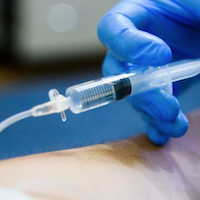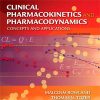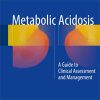Optimal Fluid Therapy for Sepsis Management in Critically Ill Adults
physiciansweekly.com
For a study, researchers aimed to analyze the fluid treatment in septic critically ill adults. About 20% to 30% of patients were admitted to an ICU with sepsis.
In sepsis patients, investigators observed intravenous fluid administration enhanced cardiac output and blood pressure, preserved or enhanced intravascular fluid volume, and facilitated medication delivery.
Fluid therapy for critically ill patients is divided into 4 stages: resuscitation, optimization, stabilization, and evacuation.
The goal of each stage is to optimize tissue perfusion and organ function while minimizing the risks of fluid overload.
Three RCTs involving 3,723 patients with sepsis who received 1 to 2 L of fluid found that goal-directed therapy (fluid boluses, vasopressors, and red blood cell transfusions or inotropes to attain specific hemodynamic targets) did not decrease mortality compared with unstructured clinical care.




















